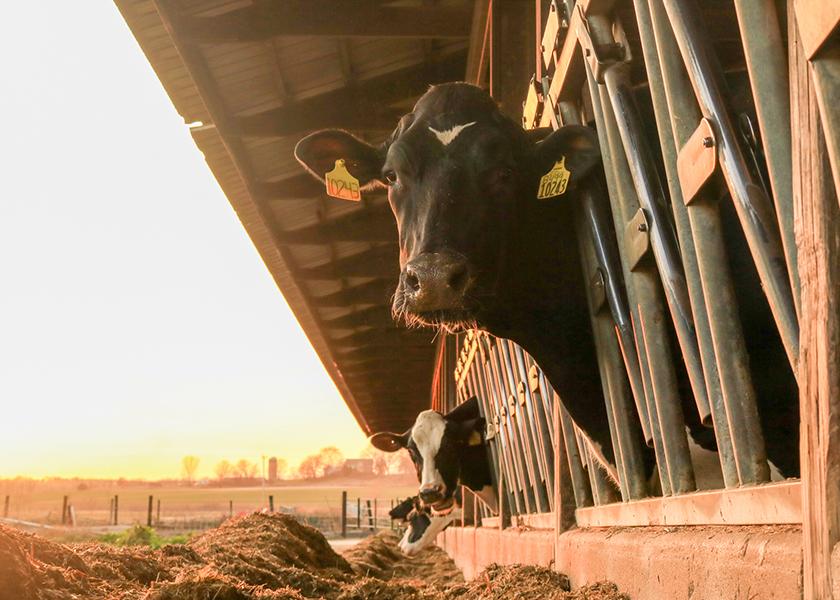Should She Stay Or Go?

Making culling decisions can often be difficult for many reasons. Trying to determine the feasibility of culling decisions can be even more difficult. Oftentimes, estimating cow value around the time of culling is oversimplified.
Simplified culling costs
Culling costs are often simplified to the slaughter value of the cow minus the rearing or purchase cost of the replacement. However, determining the difference in carcass value from the replacement does not result in the total economic impact of a cow leaving the herd. Other estimates, such as retention pay-off or breakeven analysis, give a better assessment of the economic effect of culling decisions.
Retention Pay-Off
Retention pay-off considers (RPO) the potential income of the cow in question compared to the potential income of the animal’s replacement within a specific timeframe. Calculating a RPO would provide an optimal time of culling a cow from the herd. However, these calculations are very complex and can be difficult estimate.
Longevity and Breakeven Costs
A long-standing question in culling decisions is whether we should be culling older cows to make room for new genetics. Newer research from the University of Florida has examined the economics of longevity in dairy herds. The study's results suggest the increased milk yield of cows in the 3rd and 4th lactations outweighs the genetic opportunity costs. Once the cow’s maintenance (vet and treatment) costs and genetic opportunity costs increase, the optimal time to cull the cow was reached.
Research from the University of Minnesota suggests that a breakeven point should be considered when determining the most feasible time to cull cows. Breakeven costs should be examined in two ways. Production breakeven analysis compares the milk production costs to the milk output. A cumulative breakeven analysis compares the milk output to the production and the cost of raising the animal.
The Minnesota research found that profitable farms keep their cows past the cumulative breakeven point. Meaning cows tend to stay on the farm until they have at least paid off the cost of raising them. Approximately 50% of the cows in the study were culled before their rearing costs were paid for, even when including the slaughter value.
Simplifying culling costs can give a false sense of the financial impact of cows leaving the farm. Retention pay-off can help determine the optimal time to cull a cow from the herd. However, RPO is a very in-depth analysis. Calculating the breakeven costs of cows on the farm may be a more reasonable estimate. Culling is not always an economic decision. The welfare of the animal should be the first consideration.
A Disease You Don't Think About is Taking a Health Toll on Dairy Calves
Here’s Why Cows Produce Less Colostrum During the Fall and Winter







